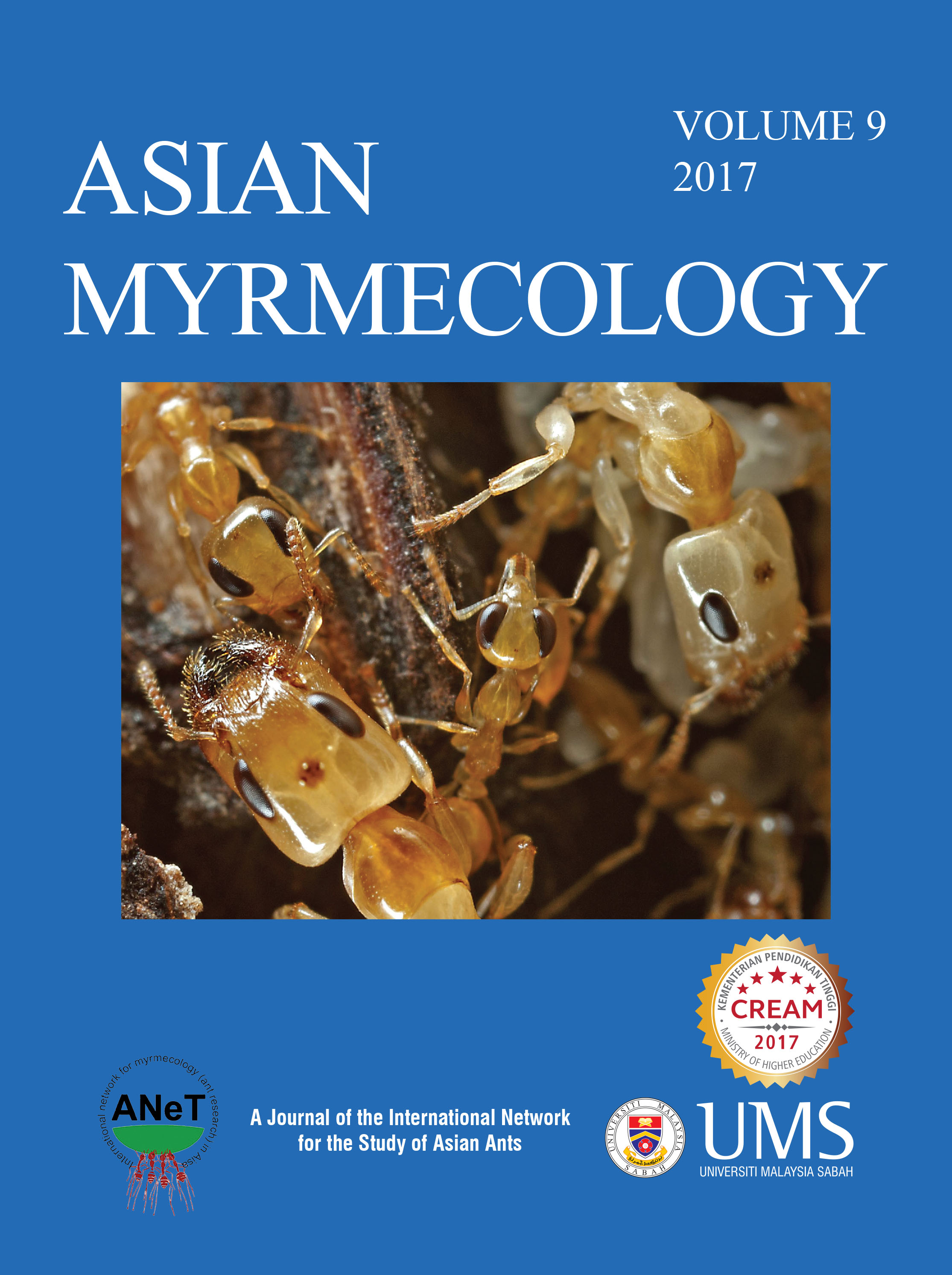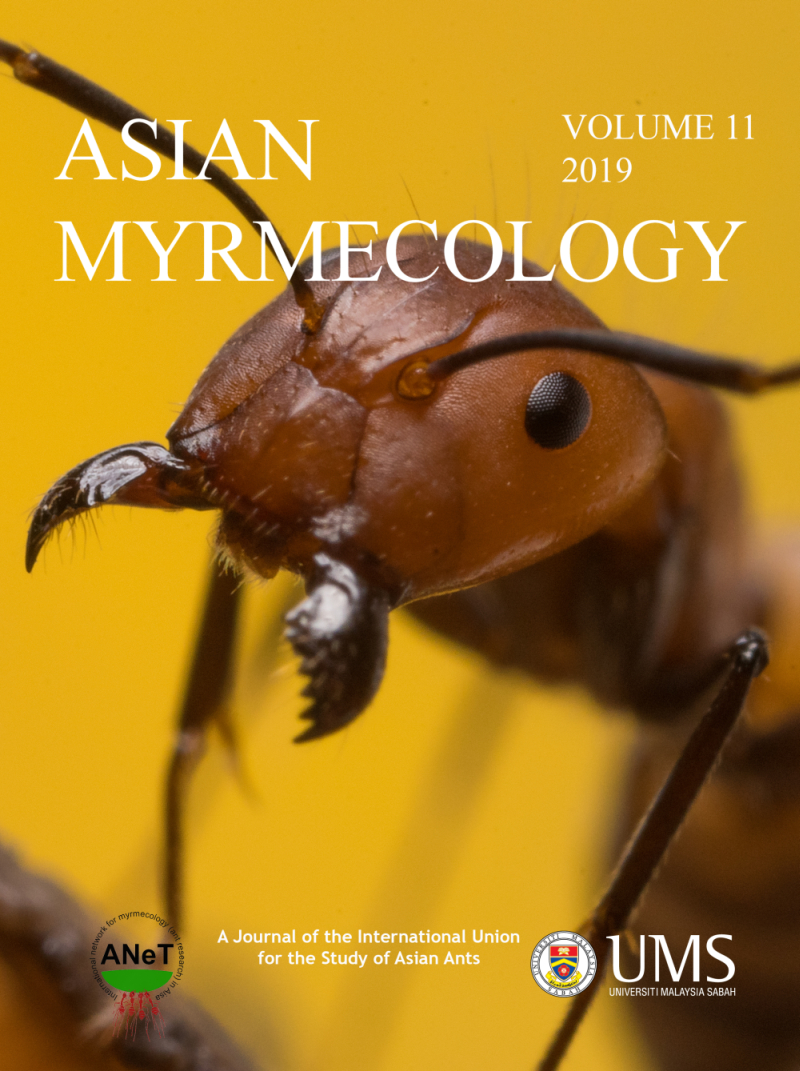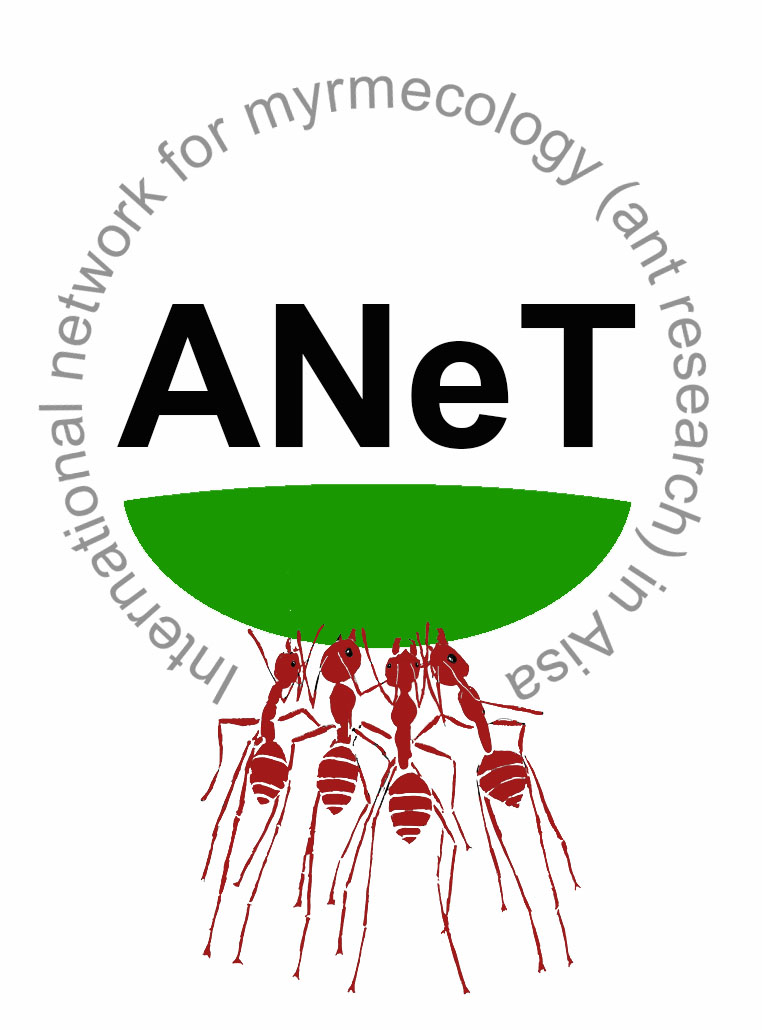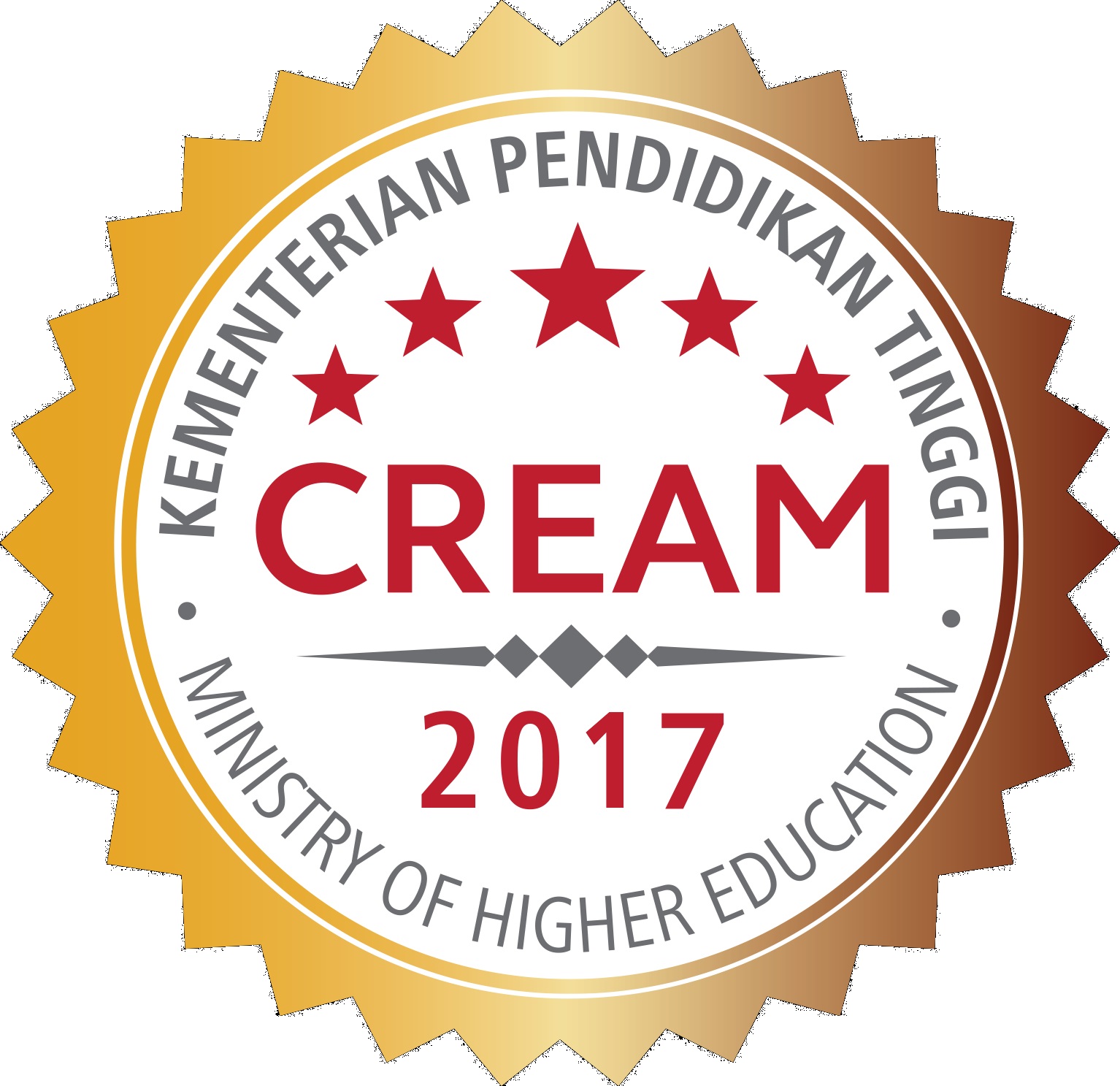ASIAN
MYRMECOLOGY
Image: François Brassard
Morphology
DOI: 10.20362/am.009015
Asian Myrmecology 9: e009015 (1-15)
article first published online 12/October/2017
Striking polymorphism among infertile helpers in the arboreal ant Gesomyrmex
CHRISTIAN PEETERS1*, FUMINORI ITO2, DECHA WIWATWITAYA3, ROBERTO A. KELLER4, ROSLI HASHIM5 & MATHIEU MOLET1
Abstract:
Gesomyrmex (subfamily Formicinae) is a poorly known arboreal ant from the Oriental tropics. We sampled colonies in three localities (NE Thailand, peninsular Malaysia, and Sabah) and examined inhabitants of ten nests inside living branches. None of the nests had a reproductive dealate queen, indicating colonies are polydomous. We distinguished three sterile castes using discrete morphological traits, morphometry and total body size. Observations of behaviour are challenging in tree canopies, and we use functional morphology to predict the specialised functions of different castes. Disproportionately large eyes and piercing mandibles are consistent with workers being agile hunters. Soldiers and supersoldiers share robust mandibles, but the latter have a rectangular head and substantially larger body size, like the queens. This suggests both supersoldiers and queens have the muscular power necessary to chew entrance tunnels in healthy wood. Queens and supersoldiers also share frontal lobes (protection for antennal bases), suggesting that they block nest entrances with their heads. When founding a nest, newly mated queens need to chew an entrance tunnel that reaches the innermost soft pith. Supersoldiers are mostly restricted inside nests where they store nutrients in their gaster, but they may also chew the entrance tunnels of additional nests as the colony expands.
Keywords:
functional morphology, soldiers, supersoldiers, repletes, phragmotic, ovaries, mandibles, mosaics
Get PDF (9.6MB):
1Institute of Ecology and Environmental Sciences, UMR CNRS 7618, Sorbonne Universités UPMC, Paris 75005, France
2Faculty of Agriculture, Kagawa University, Miki, 761-0795, Japan
3Department of Forest Biology, Kasetsart University, 10900 Bangkok, Thailand
4Museu Nacional de História Natural e da Ciência, Lisbon, Portugal
5Institute of Biological Sciences, University of Malaya, 50603 Kuala Lumpur, Malaysia
*Corresponding author: christian.peeters@upmc.fr



